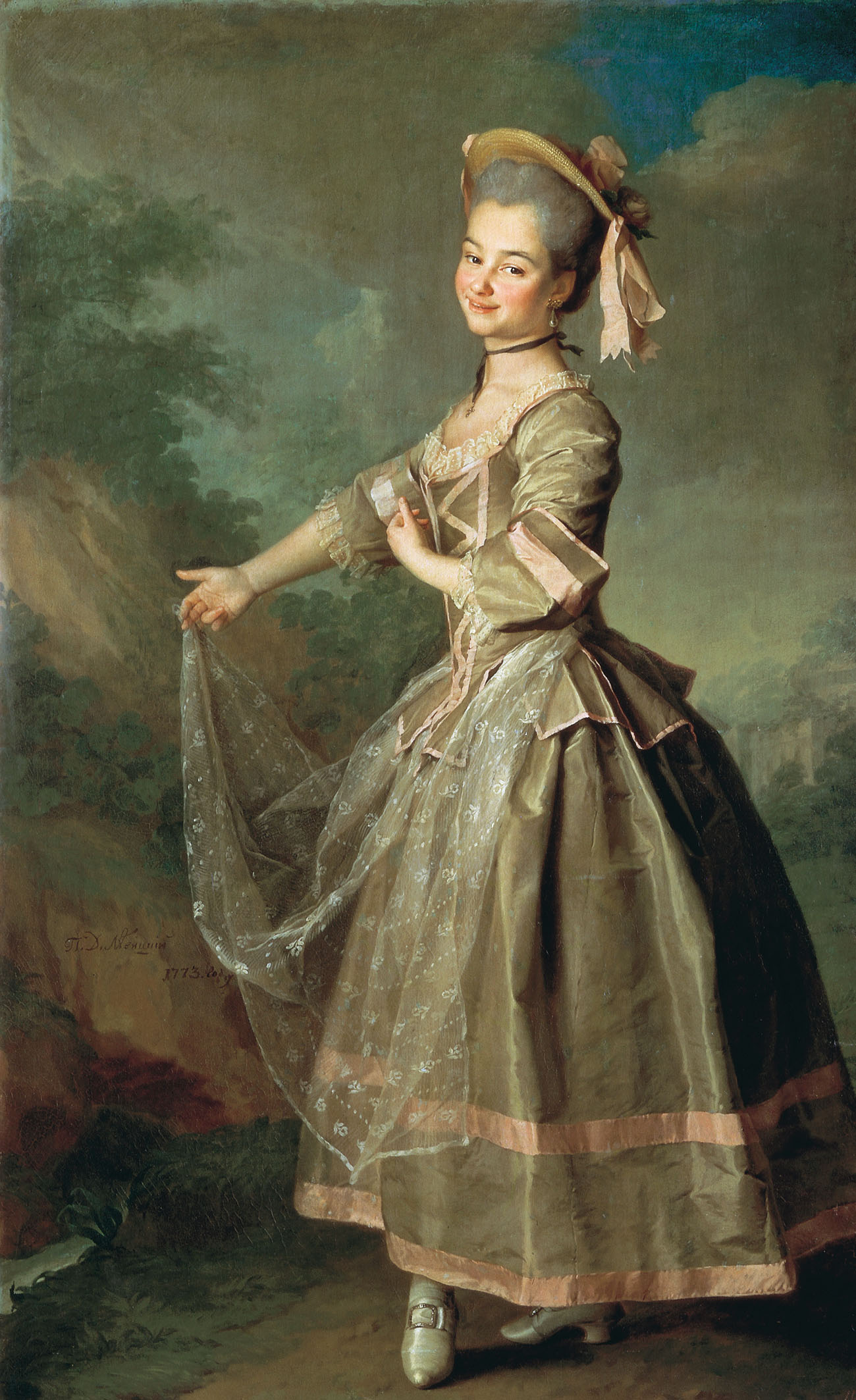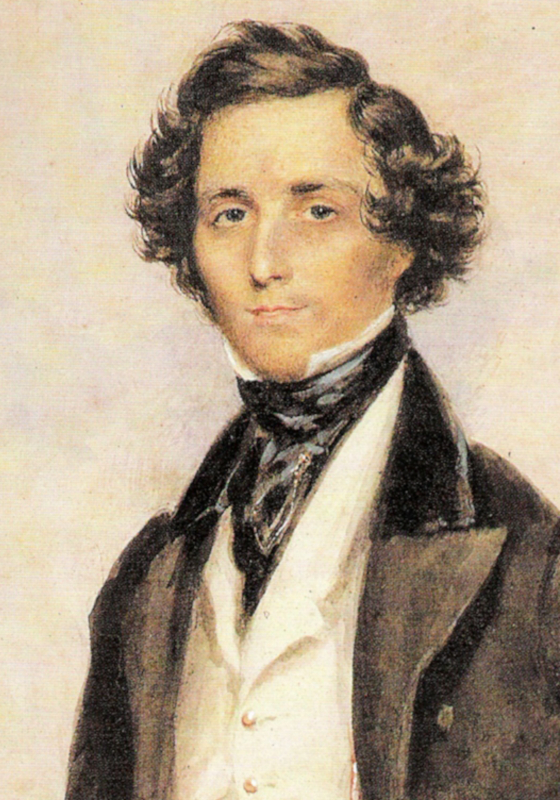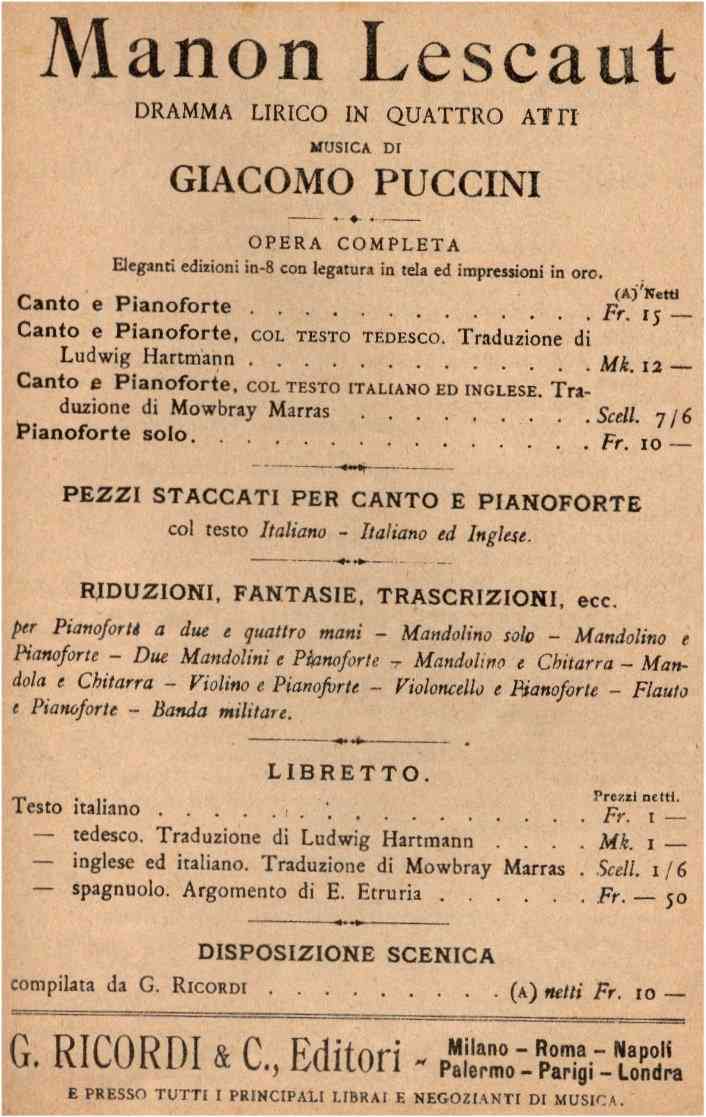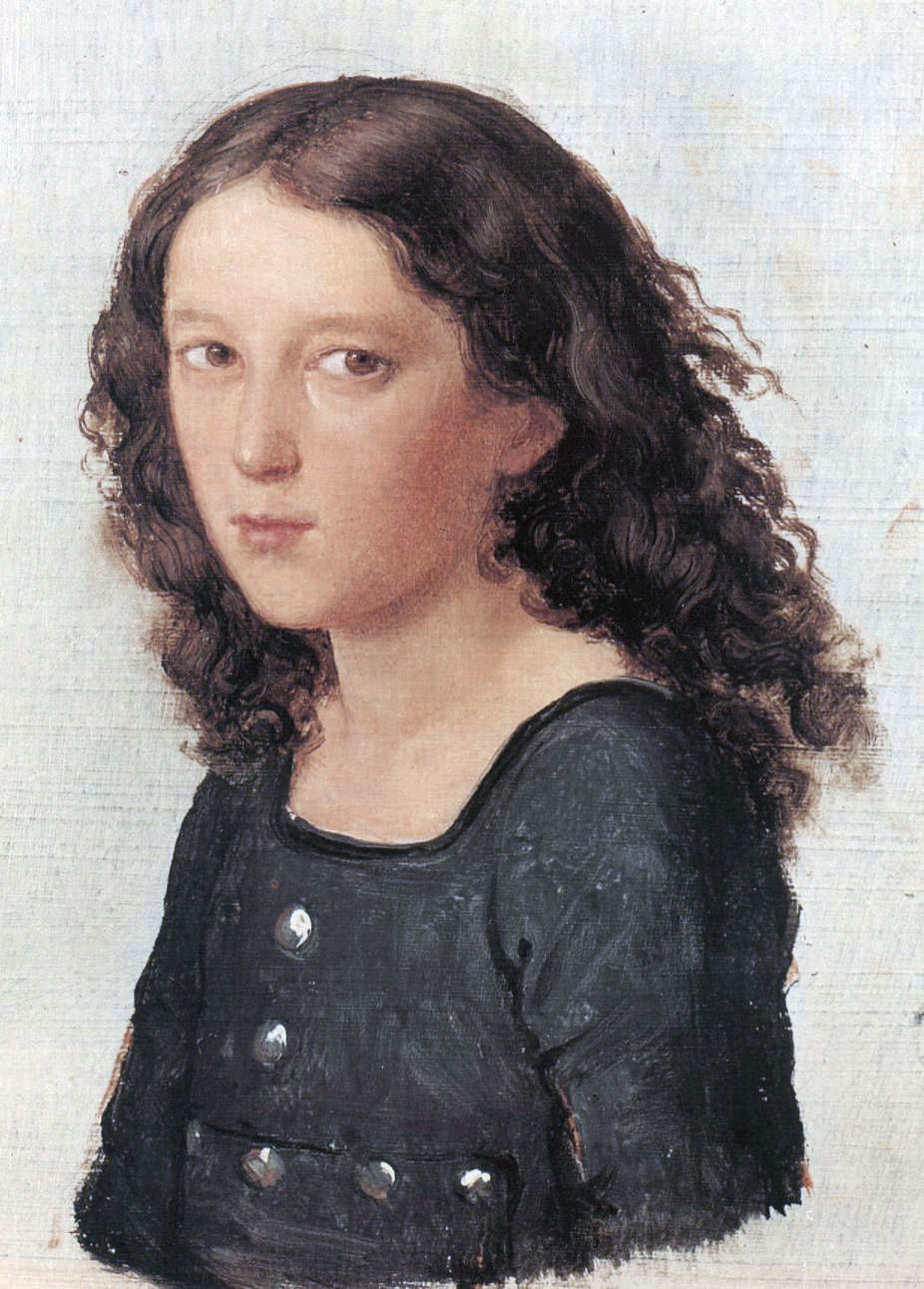|
Intermezzo
In music, an intermezzo (, , plural form: intermezzi), in the most general sense, is a composition which fits between other musical or dramatic entities, such as acts of a play or movements of a larger musical work. In music history, the term has had several different usages, which fit into two general categories: the opera intermezzo and the instrumental intermezzo. Renaissance intermezzo The Renaissance intermezzo was also called the intermedio. It was a masque-like dramatic piece with music, which was performed between the acts of a play at Italian court festivities on special occasions, especially weddings. By the late 16th century, the intermezzo had become the most spectacular form of dramatic performance, and an important precursor to opera. The most famous examples were created for Medici weddings in 1539, 1565, and 1589. In Baroque Spain the equivalent entremés or paso was a one-act comic scene, often ending in music and dance, between ''jornadas'' (acts) of a play.L ... [...More Info...] [...Related Items...] OR: [Wikipedia] [Google] [Baidu] |
Intermezzo (opera)
''Intermezzo'', Op. 72, is a comic opera in two acts by Richard Strauss to his own German libretto, described as a ' (bourgeois comedy with symphonic interludes). It premiered at the Dresden Semperoper on 4 November 1924, with sets that reproduced Strauss' home in Garmisch. The first Vienna performance was in January 1927. Background The story depicts fictionally the personalities of Strauss himself (as "Robert Storch") and his wife Pauline (as "Christine") and was based on real incidents in their lives. Pauline Strauss was not aware of the opera's subject before the first performance. After Lotte Lehmann had congratulated Pauline on this "marvelous present to you from your husband", Pauline's reply was reported as "I don't give a damn". The most celebrated excerpts from the opera are the orchestral interludes between scenes. His usual librettist up to that time, Hugo von Hofmannsthal, refused to work on the opera and suggested that Strauss himself write the libretto, which he ... [...More Info...] [...Related Items...] OR: [Wikipedia] [Google] [Baidu] |
Cavalleria Rusticana
''Cavalleria rusticana'' (; ) is an opera in one act by Pietro Mascagni to an Italian libretto by Giovanni Targioni-Tozzetti and Guido Menasci, adapted from an 1880 Cavalleria rusticana (short story), short story of the same name and subsequent play by Giovanni Verga. Considered one of the classic ''verismo'' operas, it premiered on 17 May 1890 at the Teatro dell'Opera di Roma, Teatro Costanzi in Rome. Since 1893 in music, 1893, it has often been performed in a so-called ''Cav/Pag'' double-bill with ''Pagliacci'' by Ruggero Leoncavallo. Composition history In July 1888 the Milanese music publisher Edoardo Sonzogno announced a competition open to all young Italian composers who had not yet had an opera performed on stage. They were invited to submit a one-act opera which would be judged by a jury of five prominent Italian critics and composers. The best three would be staged in Rome at Sonzogno's expense. Mascagni heard about the competition only two months before the closing da ... [...More Info...] [...Related Items...] OR: [Wikipedia] [Google] [Baidu] |
Richard Strauss
Richard Georg Strauss (; ; 11 June 1864 – 8 September 1949) was a German composer and conductor best known for his Tone poems (Strauss), tone poems and List of operas by Richard Strauss, operas. Considered a leading composer of the late Romantic and early Modernism (music), modern eras, he has been described as a successor of Richard Wagner and Franz Liszt. Along with Gustav Mahler, he represents the late flowering of German Romanticism, in which pioneering subtleties of orchestration are combined with an advanced harmony, harmonic style. Strauss's compositional output began in 1870 when he was just six years old and lasted until his death nearly eighty years later. His first tone poem to achieve wide acclaim was ''Don Juan (Strauss), Don Juan'', and this was followed by other lauded works of this kind, including ''Death and Transfiguration'', ''Till Eulenspiegel's Merry Pranks'', ''Also sprach Zarathustra'', ''Don Quixote (Strauss), Don Quixote'', ''Ein Heldenleben'', ''Symph ... [...More Info...] [...Related Items...] OR: [Wikipedia] [Google] [Baidu] |
La Serva Padrona
''La serva padrona'' (''The Maid Turned Mistress'') is a 1733 intermezzo by Giovanni Battista Pergolesi (1710–1736) to a libretto by Gennaro Federico, after the Play (theatre), play by Jacopo Angello Nelli. It is some 40 minutes long, in two parts without overture, and was written as light-hearted staged entertainment between the acts of Pergolesi's serious opera ''Il prigionier superbo''. More specifically each of the two parts, set in the same dressing room, played during an intermission of the three-act opera to amuse people who remained in their seats. Federico's libretto was also set by Giovanni Paisiello, in 1781. Performance history ''La serva padrona'' and the opera seria it punctuates were premiered at the Teatro San Bartolomeo on 6 September 1733, the first performances there after an earthquake the previous year in Naples had closed all theatres. Both were written for the birthday of Holy Roman Empress Elisabeth Christine of Brunswick-Wolfenbüttel a few days earlier ... [...More Info...] [...Related Items...] OR: [Wikipedia] [Google] [Baidu] |
A Midsummer Night's Dream (Mendelssohn)
On two occasions, Felix Mendelssohn composed music for William Shakespeare's play ''A Midsummer Night's Dream'' (in German ''Ein Sommernachtstraum''). First in 1826, near the start of his career, he wrote a concert overture ( Op. 21). Later, in 1842, five years before his death, he wrote incidental music (Op. 61) for a production of the play, into which he incorporated the existing overture. The incidental music includes the famous " Wedding March". Overture The overture in E major, Op. 21, was written by Mendelssohn at 17 years and 6 months old (it was finished on 6 August 1826).'' Grove's Dictionary of Music and Musicians'', 5th ed., 1954 The near-contemporary music scholar George Grove called it "the greatest marvel of early maturity that the world has ever seen in music". It was written as a concert overture, not associated with any performance of the play. The overture was written after Mendelssohn had read a German translation of the play in 1826. The translation was by ... [...More Info...] [...Related Items...] OR: [Wikipedia] [Google] [Baidu] |
Manon Lescaut (Puccini)
''Manon Lescaut'' () is an Italian-language opera in four acts composed by Giacomo Puccini between 1889 and 1892 to a libretto by Luigi Illica, Marco Praga and , based on the 1731 novel ''Manon Lescaut, Histoire du Chevalier des Grieux, et de Manon Lescaut'' by Abbé Prévost. The opera was first performed in 1893 in Turin, at the Teatro Regio (Turin), Teatro Regio. Composition history The libretto is in Italian, and was cobbled together by five librettists whom Puccini employed: Ruggero Leoncavallo, Marco Praga, Giuseppe Giacosa, and Luigi Illica. The publisher, Giulio Ricordi, and the composer himself also contributed to the libretto. So confused was the authorship of the libretto that no one was credited on the title page of the original score. However, it was Illica and Giacosa who completed the libretto and went on to contribute the libretti to Puccini's next three – and most successful – works, ''La bohème, La Bohème'', ''Tosca'' and ''Madama Butterfly''. Puccini ... [...More Info...] [...Related Items...] OR: [Wikipedia] [Google] [Baidu] |
Opera
Opera is a form of History of theatre#European theatre, Western theatre in which music is a fundamental component and dramatic roles are taken by Singing, singers. Such a "work" (the literal translation of the Italian word "opera") is typically a collaboration between a composer and a libretto, librettist and incorporates a number of the performing arts, such as acting, Theatrical scenery, scenery, costume, and sometimes dance or ballet. The performance is typically given in an opera house, accompanied by an orchestra or smaller musical ensemble, which since the early 19th century has been led by a conducting, conductor. Although musical theatre is closely related to opera, the two are considered to be distinct from one another. Opera is a key part of Western culture#Music, Western classical music, and Italian tradition in particular. Originally understood as an sung-through, entirely sung piece, in contrast to a play with songs, opera has come to include :Opera genres, numerous ... [...More Info...] [...Related Items...] OR: [Wikipedia] [Google] [Baidu] |
Thaïs (opera)
''Thaïs'' () is an opera, a ''comédie lyrique'' in three acts and seven tableaux, by Jules Massenet to a French libretto by Louis Gallet, based on the novel ''Thaïs (novel), Thaïs'' by Anatole France. It was first performed at the Palais Garnier, Opéra Garnier in Paris on 16 March 1894, starring the American soprano Sibyl Sanderson, for whom Massenet had written the title role. The original production was directed by Alexandre Lapissida, with costumes designed by Charles Bianchini and sets by Marcel Jambon (act 1, scene 1; act 3) and Eugène Carpezat (act 1, scene 2; act 2). The opera was later revised by the composer and was premiered at the same opera house on 13 April 1898. The work was first performed in Italy at the Teatro Lirico (Milan), Teatro Lirico Internazionale in Milan on 17 October 1903 with Lina Cavalieri in the title role and Francesco Maria Bonini as Athanaël. In 1907, the role served as Mary Garden's American debut in New York in the U.S. premiere performance ... [...More Info...] [...Related Items...] OR: [Wikipedia] [Google] [Baidu] |
Mendelssohn
Jakob Ludwig Felix Mendelssohn Bartholdy (3 February 18094 November 1847), widely known as Felix Mendelssohn, was a German composer, pianist, organist and conductor of the early Romantic period. Mendelssohn's compositions include symphonies, concertos, piano music, organ music and chamber music. His best-known works include the overture and incidental music for ''A Midsummer Night's Dream'' (which includes his " Wedding March"), the '' Italian'' and '' Scottish'' Symphonies, the oratorios '' St. Paul'' and '' Elijah'', the ''Hebrides'' Overture, the mature Violin Concerto, the String Octet, and the melody used in the Christmas carol "Hark! The Herald Angels Sing". Mendelssohn's '' Songs Without Words'' are his most famous solo piano compositions. Mendelssohn's grandfather was the Jewish philosopher Moses Mendelssohn, but Felix was initially raised without religion until he was baptised aged seven into the Reformed Christian church. He was recognised early as a musical ... [...More Info...] [...Related Items...] OR: [Wikipedia] [Google] [Baidu] |
Shakespeare
William Shakespeare ( 23 April 1564 – 23 April 1616) was an English playwright, poet and actor. He is widely regarded as the greatest writer in the English language and the world's pre-eminent dramatist. He is often called England's national poet and the " Bard of Avon" or simply "the Bard". His extant works, including collaborations, consist of some 39 plays, 154 sonnets, three long narrative poems and a few other verses, some of uncertain authorship. His plays have been translated into every major living language and are performed more often than those of any other playwright. Shakespeare remains arguably the most influential writer in the English language, and his works continue to be studied and reinterpreted. Shakespeare was born and raised in Stratford-upon-Avon, Warwickshire. At the age of 18, he married Anne Hathaway, with whom he had three children: Susanna, and twins Hamnet and Judith. Sometime between 1585 and 1592 he began a successful career in Lon ... [...More Info...] [...Related Items...] OR: [Wikipedia] [Google] [Baidu] |
Fedora (opera)
''Fedora'' is an opera in three acts by Umberto Giordano to an Italian libretto by Arturo Colautti, based on the 1882 play ''Fédora'' by Victorien Sardou. Along with ''Andrea Chénier'' and ''Siberia'', it is one of the most notable works of Giordano. It was first performed at the Teatro Lirico in Milan on 17 November 1898 conducted by the composer; Gemma Bellincioni created the role of Fedora with Enrico Caruso as her lover, Loris Ipanov. Composition history In 1889, Umberto Giordano saw Sardou's play ''Fédora'' at the Teatro Bellini di Napoli, with Sarah Bernhardt (for whom the play was written) in the title role. The play was popular, and the hat "fedora" was named after it. He immediately asked Sardou for permission to base an opera on the play, and Sardou initially refused because, at the time, Giordano was a relatively unknown composer. Following the premiere of his 1894 ''Regina Diaz'', Giordano's publisher, Edoardo Sonzogno, asked Sardou again. However, Sardou dem ... [...More Info...] [...Related Items...] OR: [Wikipedia] [Google] [Baidu] |
Suor Angelica
''Suor Angelica'' (''Sister Angelica'') is an opera in one act by Giacomo Puccini to an original Italian libretto by Giovacchino Forzano. It is the second opera of the trio of operas known as ''Il trittico'' (''The Triptych''). It received its world premiere at the Metropolitan Opera on December 14, 1918. Roles Synopsis :Place: A convent in Italy :Time: The latter part of the 17th century The opera opens with scenes showing typical aspects of life in the convent. Sister Angelica and two lay sisters - Sister Genovieffa and Sister Dolcina - are late for chapel. All the sisters sing hymns, the Monitor chides Sisters Genovieffa and Dolcina for not doing penance as Sister Angelica has done, and everyone gathers for recreation in the courtyard. The sisters rejoice because, as the mistress of novices explains, this is the first of three evenings that occur each year when the setting sun strikes the fountain so as to turn its water golden. This event causes the sisters to remember B ... [...More Info...] [...Related Items...] OR: [Wikipedia] [Google] [Baidu] |










